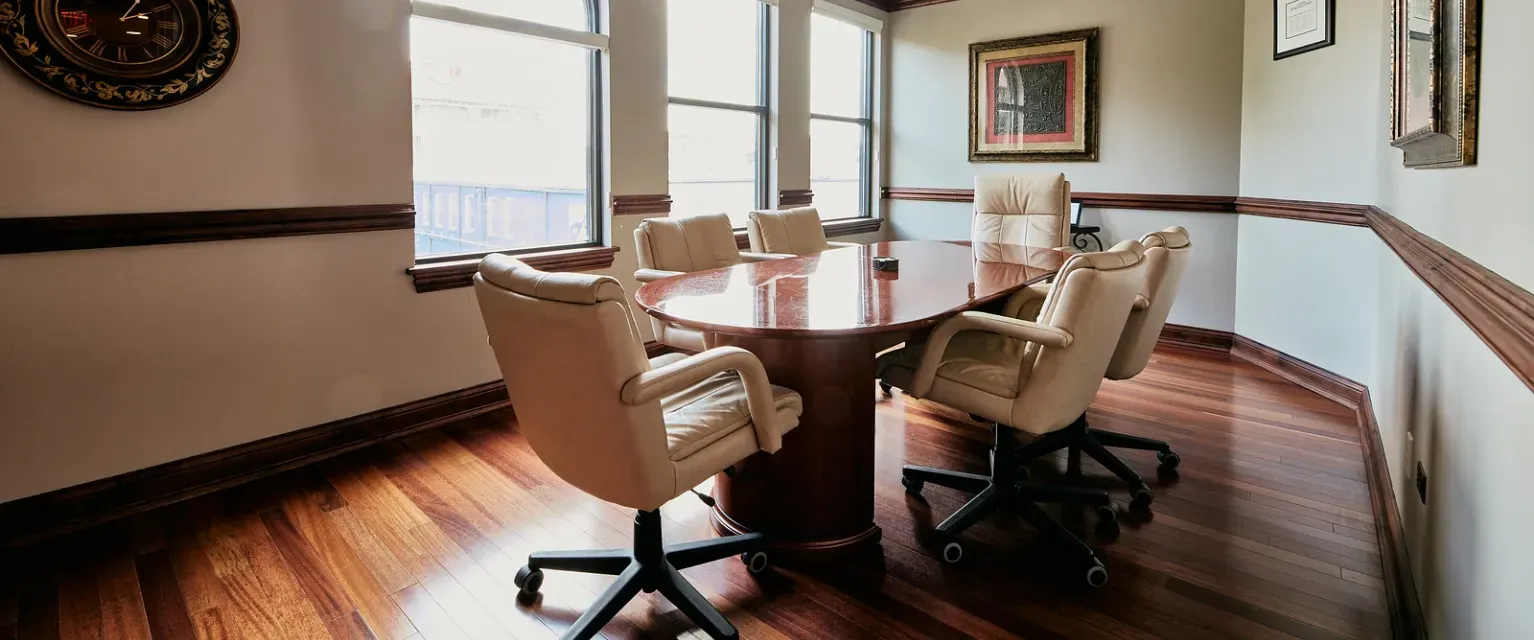Silent Injustice: The Legacy of Camp Lejeune’s Water Contamination Crisis
From 1953 to 1987, at least one million enlisted servicemen and women, their families, and civilian staff were poisoned by contaminated water at Camp Lejeune military base in North Carolina. These estimates include children and babies in utero at the time of exposure. Scientific and medical evidence has shown an association between exposure to these contaminants and the development of certain diseases, resulting in what some scientists have called the worst public drinking-water contamination in the nation’s history.
Their debilitating diagnoses expose the heartbreaking stories of these service members and their families. In the past, little has been done to remedy this injustice. However, new legislation has passed, allowing Camp Lejeune water contamination victims some legal options. Make sure to contact a personal injury attorney in Chicago for legal guidance if you were involved in a similar situation.
What happened at Camp Lejeune?
Camp Lejeune, a military training facility, opened in 1942 and housed more than a million men, women, and children during its course of operation. At one point, Camp Lejeune was a solid base for the Marines, acting as one of the Marine Corps’ busiest and largest bases. Stretched along the coastline of North Carolina, Camp Lejeune covered 156,000 acres of Jacksonville.
For over 34 years, toxic agents seeped into the soil at base junkyards, fuel depots, and a local dry cleaner. Records show that the Marines dumped oil and industrial wastewater in storm drains while burying potentially radioactive materials on the site. To make matters worse, Camp Lejeune maintained a daycare center in a former malaria control shop where pesticides were mixed and stored.
Above all else, the most significant source of water contamination was a neighboring dry-cleaning business that dumped wastewater into drains tainted with chemicals used in dry cleaning. According to the Agency for Toxic Substances and Disease Registry, or ATSDR, these chemicals were introduced into the water supply 440 times the levels that are considered to be safe.
After decades of known water pollution, it was not until 1982 that the American government admitted that volatile organic compounds were found in the drinking water in residential areas and training facilities. They recognized that from 1953 to 1987, service members and their families drank, cooked, bathed, and swam in water contaminated with dangerously high levels of cancer-causing chemicals.
What chemicals poisoned the water at Camp Lejeune?
After testing the drinking water, two specific volatile organic compounds (VOCs) were found to have contributed to contamination injuries: trichloroethylene (TCE) and perchloroethylene (PCE).
Trichloroethylene, or TCE, is a colorless liquid chemical used as a solvent for degreasing metal parts while manufacturing various products. Toxic exposure to TCE can result in effects on:
- The immune and reproductive systems
- Liver
- Kidney
- The central nervous system
- Fetal development during pregnancy
Perchloroethylene, or PCE, is a solvent with a sweet, ether-like odor commonly used in dry cleaning operations. When applied to a material or fabric, PCE helps dissolve greases, oils, and waxes.
If you served at Marine Corps Base Camp Lejeune in North Carolina, you might have also been exposed to drinking water contaminated with vinyl chloride and Benzene. Vinyl chloride is a colorless, flammable gas used to make PVC pipes, wire coatings, vehicle upholstery, and plastic kitchenware. Exposure can potentially cause:
- Damage to the nervous system
- Changes in the immune system
- A decrease in bone strength
Benzene is a colorless, flammable liquid that quickly evaporates when exposed to air, and it is among the 20 most widely used chemicals in the United States. It is primarily used as a starting material in making other chemicals and was also commonly used as an industrial solvent. Benzene is known to cause cancer; the link between benzene and cancer has focused chiefly on leukemia and other cancers of blood cells.
Can I file a Camp Lejeune lawsuit?
If you have qualifying service at Camp Lejeune as well as a current diagnosis of one of the conditions listed below, you may be able to get disability benefits or file a lawsuit for compensation.
To receive disability benefits, you must have served at Camp Lejeune or MCAS New River for at least 30 cumulative days from August 1953 through December 1987. Additionally, you must not have received a dishonorable discharge when you separated from the military. Veterans, reservists, and guardsmen may qualify for disability benefits associated with Camp Lejeune contamination.
Additionally, you must have a diagnosis of one or more of these presumptive conditions:
- Adult leukemia
- Aplastic anemia and other myelodysplastic syndromes
- Bladder cancer
- Kidney cancer
- Liver cancer
- Breast cancer
- Multiple myeloma
- Non-Hodgkin’s lymphoma
- Parkinson’s disease
- Esophageal cancer
- Hepatic steatosis
- Lung cancer
- Female infertility
- Renal toxicity
- Cardiac defects
- Scleroderma
How can Meyers & Flowers help?
Former Camp Lejeune residents have spent decades fighting against North Carolina law for justice with no results. However, new legislation should hold the military accountable. President Biden signed the Camp Lejeune Justice Act of 2021, part of the broader Honoring our PACT Act. This bill allows people stationed, lived, or worked at Camp Lejeune to sue and recover damages for their injuries outside of Veteran’s Administration (VA) benefits.
If you or a loved one have cancer or another illness from exposure to contaminated water at Camp Lejeune, we are here to help. Meyers & Flowers has an established reputation for obtaining justice in class action lawsuits. While filing a lawsuit may seem daunting, we are by your side to walk you through all aspects of your case so you can get back on your feet and receive the justice you deserve. Call us today to explore your legal options at (630) 232-6333.




